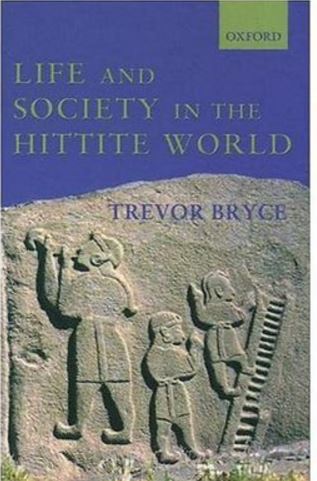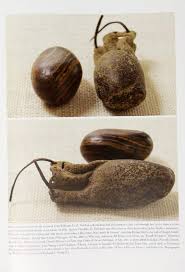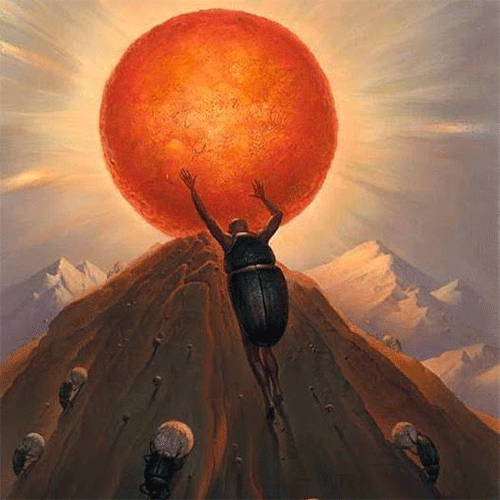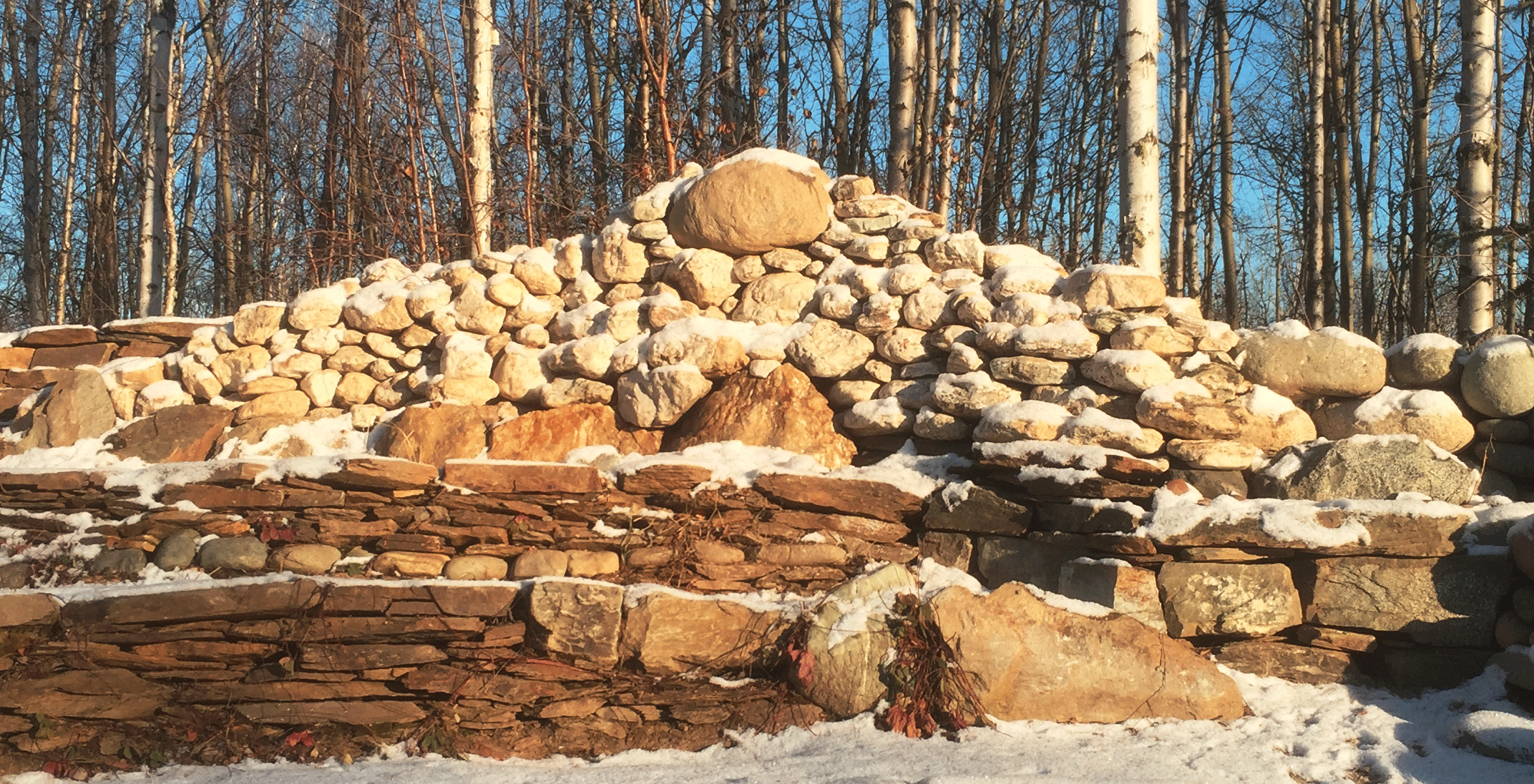Huwasi stones of the Hittites: “The stones were treated as gods; they were given food and water and were anointed and washed.”
Huwasi Stones “In Hittite mythology, a huwasi stone is sacred to a deity and is usually situated in a temple. Larger huwasi stones were placed in an open area surrounded by trees and other plants. The stones were treated as gods; they were given food and water and were anointed and washed. At any cult…




